Section: Environment
There are more than 60 results, only the first 60 are displayed here.
Become a subscriber for more search results.
-
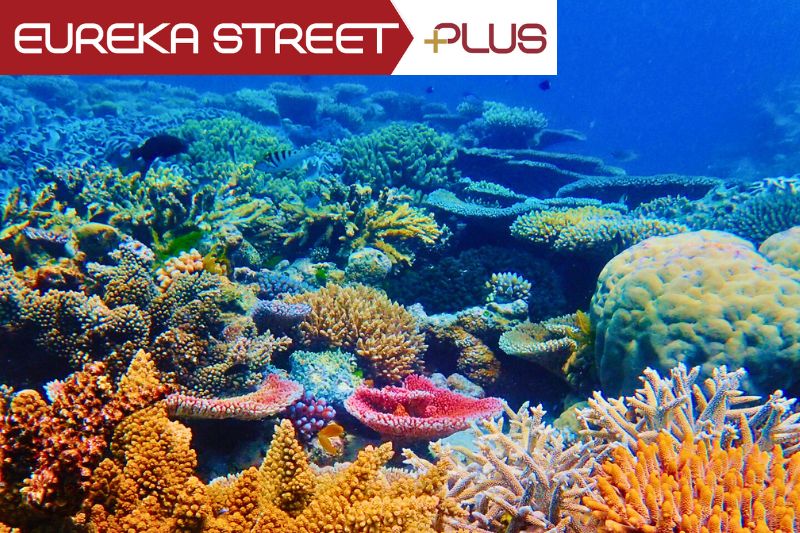
ENVIRONMENT
- Michele Gierck
- 28 February 2025
Dr. Paul Hardisty has spent years chronicling the Great Barrier Reef—not just its breathtaking beauty, but its battles for survival. In In Hot Water, he traces a century of near-misses and looming catastrophe, from oil drilling threats to climate-driven bleaching, revealing the fragile, high-stakes fight to save the world’s largest coral ecosystem.
READ MORE 
-
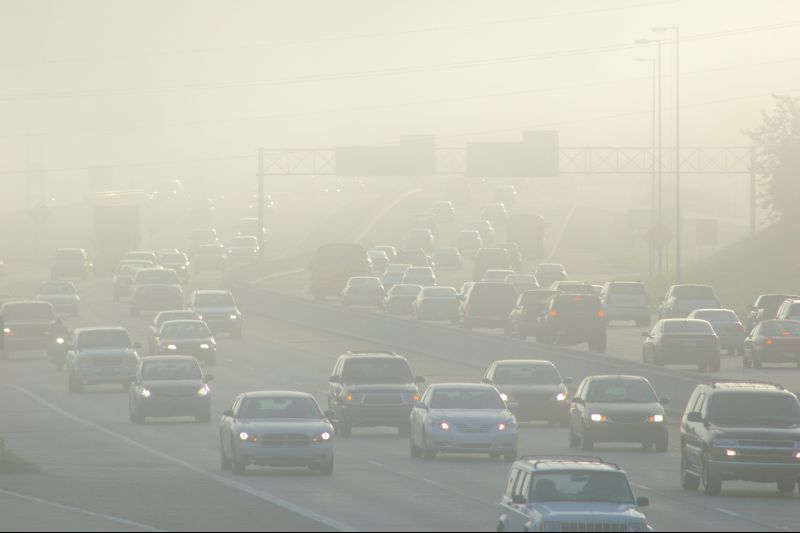
ENVIRONMENT
- Jo Skinner
- 27 February 2025
Poor indoor air quality is considered one of the five top environmental risks to public health. Despite breakthroughs in mapping disease and recognizing airborne hazards, the quality of the air we breathe indoors remains overlooked and outdated ventilation standards persist.
READ MORE
-

ENVIRONMENT
- Jo Skinner
- 19 February 2025
As climate disasters escalate, more young people grapple with anxiety, despair, and a deep sense of uncertainty. Finding resilience amid rising global temperatures has become a defining challenge for a generation confronting an increasingly unstable world.
READ MORE
-
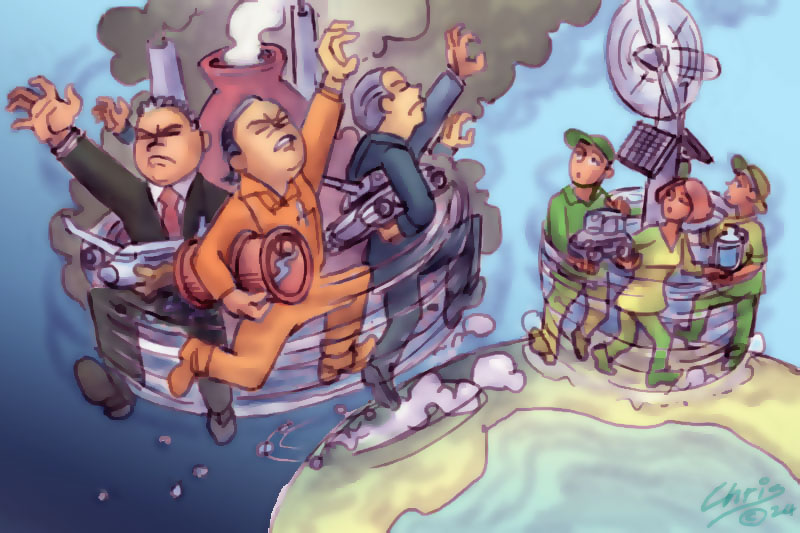
ENVIRONMENT
- Phil Jones
- 28 November 2024
1 Comment
Infinite economic growth on a finite planet is a paradox we can no longer ignore. As environmental crises deepen, solutions like the Steady State Economy offer a roadmap to balance sustainability and prosperity. Yet, transitioning from growth-centric systems raises hard questions: Can we create an economy that values life over profit?
READ MORE
-

ENVIRONMENT
- David Ness
- 28 November 2024
2 Comments
As the climate crisis deepens, there's an urgent need for a global shift toward fairness, equity, and living well within our planet’s limits. Drawing from Pope Francis’s Laudato Si’, sufficiency thinking offers a critical, overlooked pathway to global equity and sustainability.
READ MORE
-
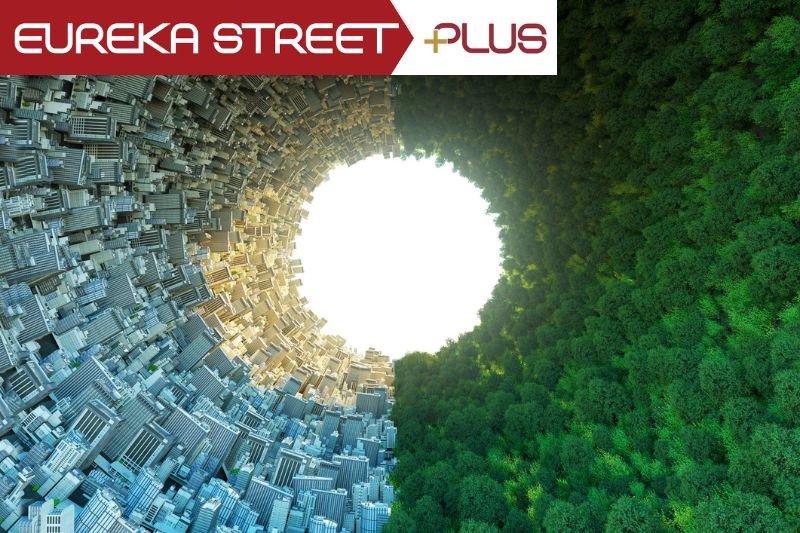
ENVIRONMENT
- Michael McVeigh
- 28 November 2024
Following an underwhelming COP29 climate summit, many are grappling with a collective climate despair in light of sobering news that the 1.5-degree warming target is no longer achievable. How should we confront such a reality while working to build a better, more sustainable world with a sense of hope?
READ MORE 
-
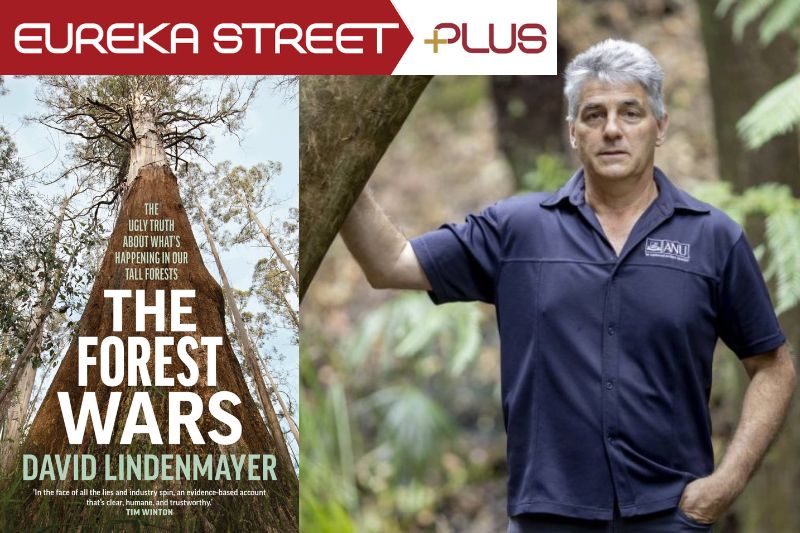
ENVIRONMENT
- Tony Smith
- 04 October 2024
The Forest Wars reveals how vested interests make life difficult for the scientists and activists who attempt to defend the environment, a war waged through deforestation on one hand and deception and obfuscation on the other. Linenmayer asks: if we continue to allow vested interests to drive deforestation, how long before the forests — and the future they promise — are lost beyond repair?
READ MORE 
-

ENVIRONMENT
- Michele Gierck
- 31 August 2024
As rising sea temperatures trigger widespread coral bleaching across the Great Barrier Reef, marine scientists explore the devastating effects and do what they can to restore these vital ecosystems.
READ MORE 
-

ENVIRONMENT
- Julie Perrin
- 12 July 2024
1 Comment
In her new Quarterly Essay Highway to Hell, Australian climate scientist Joëlle Gergis pleads in language beyond the careful neutrality of traditional science-speak: ‘We need you to stare into the abyss with us and not turn away.’
READ MORE 
-
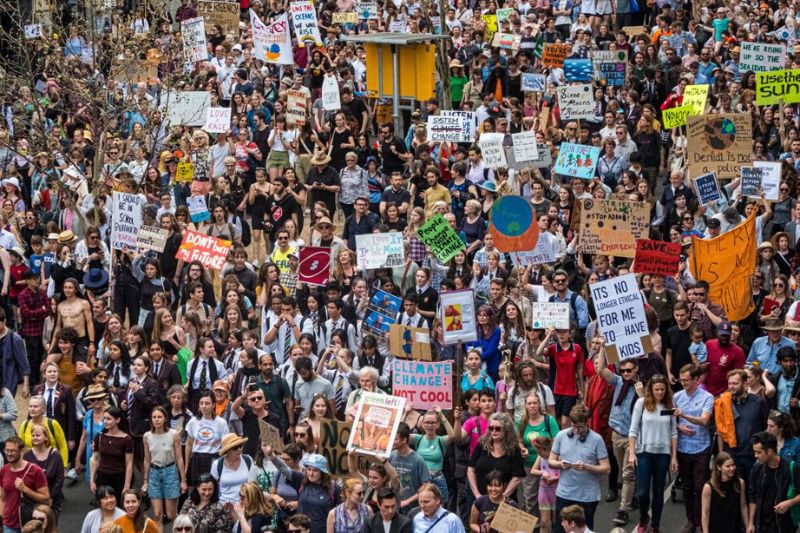
ENVIRONMENT
- Andrew Hamilton
- 05 June 2024
Days like World Environment Day aim to combat apathy, urging action against the grim realities of climate change. Despite dire headlines, there are grounds for hope, if not for optimism. Any change in environment for the better must be grounded in a change of heart.
READ MORE
-
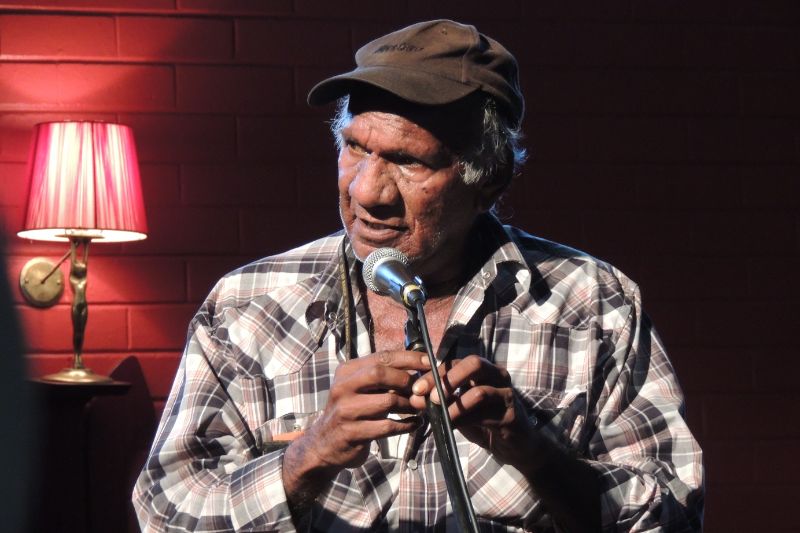
ENVIRONMENT
- Michele Madigan
- 18 April 2024
7 Comments
An Arabunna man, Uncle Kevin Buzzacott devoted himself to the protection of that delicate, glorious country of north eastern South Australia with its Great Artesian Basin’s ancient waters threatened by the succession of powerful mining companies operating Roxby’s Olympic Dam.
READ MORE
-

ENVIRONMENT
- Stephen Minas
- 07 February 2024
Recently Pope Francis’ approach is to speak in direct – sometimes blunt – terms about the shortcomings of climate action in recent years, suggesting that we need a system of climate justice that is not built on the backs of the poor.
READ MORE